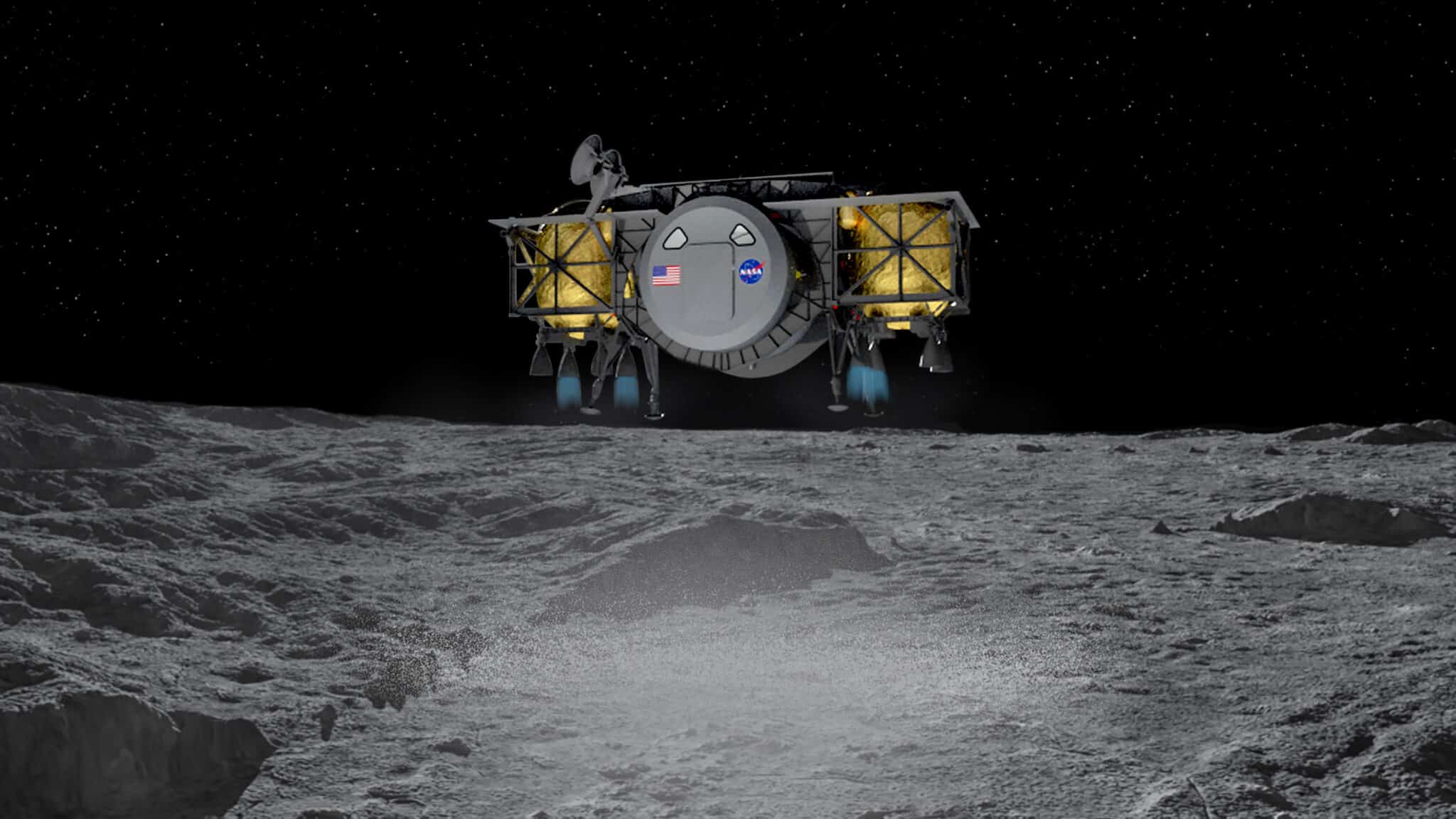Since the landing of Apollo 17 in December 1972, NASA ’s ambitious Artemis plan will return two astronauts to the lunar surface for the first time. To achieve this goal, NASA has commissioned 20 private aerospace companies to design and manufacture humans by 2024 mission landing system (HLS). SpaceX, Blue Origin, and Leidos, a subsidiary of Dynetics, have begun to conceptualize the work on the land that their astronauts will use to remove their human carriers from our lunar neighbors.
In the Dynetics team, there are many smaller subcontractors who will play a specific but vital role in the development of Dynetics HLS-one of them is Tuskegee. As the only university-level academic team on the project, engineering researchers at Tuskegee University will oversee the testing and evaluation of lunar lander additive manufacturing parts.
Kim Doering, vice president of Space Systems at Dynetics, said, “Dynetics is excited to lead this expert team of subcontractors that will return Americans to the lunar surface. This team has a proven history of technical excellence, and their contributions will greatly benefit the future of space exploration.”
3D printed Artemis lunar lander
The Tuskegee team will perform tensile and fatigue tests on the lander ’s 3D printed components to assess their quality, durability, and adaptability to harsh environments outside the Earth ’s atmosphere. The researchers will also conduct a metallurgical evaluation from scratch, as the standardization and certification of 3D printed materials and parts face new challenges. These studies will help to establish the currently unknown relationship between the microstructure, processing, and characteristics of 3D printed parts.
Dr. Heshmat Aglan, dean of Tuskegee’s College of Engineering, explains: “Tuskegee University is proud to join this illustrious team helping the nation land astronauts on the moon by 2024. Our College of Engineering’s state-of-the-art facilities in additive manufacturing and materials processing and characterization have placed us in a strong position to join such a significant undertaking. This project provides real-time engineering opportunities as the College of Engineering educates the next generation of scientists and engineers.”

Dynetics’ HLS
The crew module of the Dynetics human lander will accommodate two crew members, performing missions from lunar orbit to the lunar surface and back. This includes approximately one week of surface habitat capacity. In addition, HLS can send four suitable occupants into or out of the lunar surface without pit stops. The final design will be launched on the Space Launch System Block 1B vehicle. For future commercial launches, HLS will be able to board the Vulcan Centaur rocket of the United Launch Alliance.
As people’s horizons go beyond yesterday’s technical limitations, we have seen the aerospace industry begin to use 3D printing to manufacture mission-critical components. Last year, NASA signed contracts with metal 3D printing expert Fabrisonic and optical sensor expert Luna Innovations to help collect cryogenic fuel tube data during rocket testing. The team used UAM technology to insert the 3D printed sensor directly into the tested fuel pipe wall. Elsewhere in California, Relativity Space secured its new 120,000 square foot headquarters and began work on 3D printed parts for its own rocket, the Terran 1.

